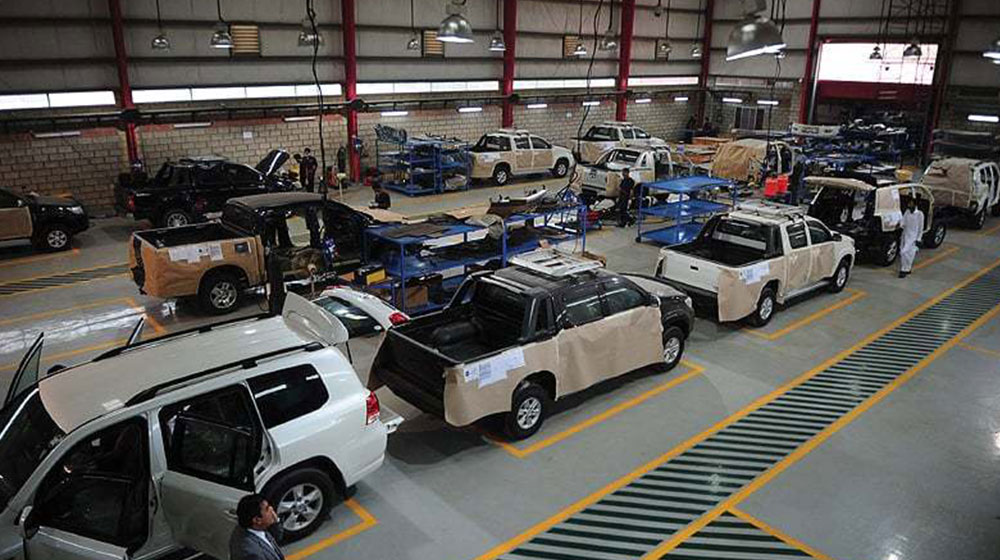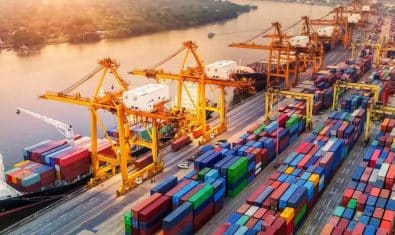Large scale manufacturing (LSM) saw an unprecedented decline of 42% in April 2020 as compared to the same period of last year and contracted 33% from March as well.
The overall output of LSMI decreased by 8.96% for July-April, 2019-20 compared to July-April, 2018-19.
LSM accounts for 9.5 percent of the country’s GDP as it saw a huge fall, but this was expected considering the COVID-19 lockdown.
The decline is LSM was triggered by automobile sector that contracted 97%, followed by iron and steel products (89%), electronics (81%), textile (64%), coke and petroleum products (52%), food, beverages and tobacco (23.2%), and nonmetallic mineral products (17.4%).
Only the fertilizer sector posted a 6.2 percent year-on-year growth in April.
The government had revised down growth estimates to negative 0.4%, which was based on the LSM contraction of 5.4 percent in the July-March FY 2020.
According to the Pakistan Bureau of Statistics, the fourth quarter’s output has been estimated by keeping in view the lockdown situation faced by the industries due to COVID-19. A significant impact has been observed in the manufacturing sector, particularly Large-Scale manufacturing and Small-Scale Manufacturing, said the latest Economic Survey of Pakistan.
There are a number of factors that contributed to the negative growth of LSM.
The rupee depreciated by 3.9 percent during the fiscal which increased the cost structure of industries in general and for others relying on imported raw materials in particular.
Furthermore, the policy rate was kept high to contain inflation which discouraged investment but later on the State Bank had announced cuts in the interest rates to provide ease to the industries in Pakistan however, subdued demand further hampered the overall production and performance of the industry.
Certain sector-specific issues also contributed to the decline in LSM. The automobile sector alone accounted for a major portion of contraction in LSM. Its prices witnessed multiple upward revisions due to PKR depreciation which prevented potential buyers from booking and purchases.
An upward adjustment in electricity prices dented domestic steel producers’ margins.
According to the latest economic survey of Pakistan, the manufacturing sector is the driver of economic growth due to its forward and backward linkages with other sectors of the economy. This sector provides employment opportunities to about 16.1 percent of the total labor force while its share in GDP is around 13-14 percent.





















